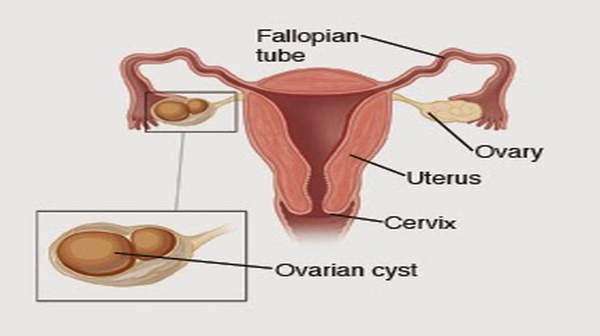
Causes of Ovarian cysts
Ovarian cysts often develop normally in women who've monthly periods.
They are able to also impact women who have been through the menopause.
Types of ovarian cyst
There are many different types of ovarian cyst, which is often categorised as either:
functional cysts
pathological cysts
Functional cysts
Functional ovarian cysts are linked to the menstrual period. They affect females and women who haven't experienced the menopause, and are extremely common.
Each month, a woman's ovaries release an egg, which vacations down the fallopian tubes in to the womb (uterus), where it could be fertilised by the man's sperm.
Each egg forms inside the ovary in a structure known as a follicle. The follicle consists of fluid that shields the egg as it expands and it bursts when the egg is released.
However, sometimes a follicle doesn't release an egg, or it doesn't discharge its substance and shrink following the egg is released. If this happens, the follicle can swell and be a cyst.
Useful cysts are non-cancerous (benign) and are usually harmless, although they will often cause symptoms such as pelvic pain. Most will go away in a few months without needing any treatment but If the problem get serious you need to seek assistance of a Gynaecologist. Better if you pop in to Gynae & Colposcopy Clinic
Pathological cysts
Pathological cysts are cysts induced by irregular cell progress and aren't related to the menstrual period. They can develop before and after the menopause.
Pathological cysts develop from either the skin cells used to produce eggs or the cells that cover the external area of the ovary.
They can sometimes burst or expand large and block the blood supply to the ovaries.
Pathological cysts are usually non-cancerous, but a small quantity are cancerous (malignant) and frequently surgically removed.
Conditions that cause ovarian cysts
In some cases, ovarian cysts are triggered by an primary condition such as endometriosis.
Endometriosis occurs when bits of the tissue that brand the womb (endometrium) are located beyond your womb in the fallopian tubes, ovaries, bladder, bowel, vagina or rectum. Blood-filled cysts can sometimes form in this structure.
Polycystic ovary syndrome (PCOS) is an ailment that causes lots of small, harmless cysts to develop on your ovaries. The cysts are small egg follicles that don't develop to ovulation and will be the result of changed hormone levels.
Some time you might need to ask assistance from a experienced gynaecologist or go to a Gynaecological Clinic.



Recent Comments